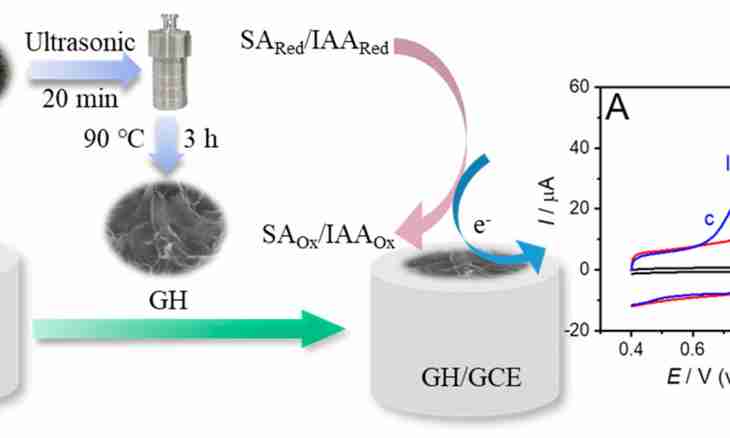Chemical compounds have classification which is based on their building and properties. To understand generally as they are received, and the nobility of distinction costs not only to the school students studying chemistry but also each adult.
Acids
Acids are such chemical compounds which can decay on cations or attach anions. Different scientists classify these substances a little in own way, and the most general is division into acids of Bryonstead and Lewis's acids. Acids of Bryonstead can give a hydrogen cation, and Lewis's acids are capable to accept to the building couple of electrons, forming covalent communication.
Household understanding of acids is usually closer to acids of Bryonstead. In water solutions these acids form a large number of the free H3O connections, also call this connection hydroksoniy. Its charge is equal +1 (oxygen-2 charge, and three atoms of hydrogen give +3, +1 as a result turns out). Ions a hydroksoniya cause property of acids on which they are known in life: it is ability to render irritant action. Just these ions cause sour taste of solutions of acids and change color of indicators.
Hydrogen atoms as a part of acids are mobile, and they can be replaced on atoms of metals, then the salts consisting of a cation of metals and anion of the so-called acid rest are formed.
Salts
Salts are combinations of cations and anions as which the acid rest acts. In water solutions of salt are capable to dissociate (so in chemistry call disintegration reaction) on these components. They are received by mixing of acids with the bases, at such reaction salt and water is formed. Salts have property to be dissolved perfectly in water. Not only metal, but also group of NH4 ammonium, PH4 phosphonium and others among which there are organic compounds and difficult cations can be a cation.
Oxides
Oxides, also called oxides, it connections of various elements with two atoms of oxygen, at the same time oxygen forms communication with the least electronegative element. Practically all connections with O2 oxygen belong to oxides. Oxides – very often found type of connections. Water, rust, carbon dioxide, sand concern them. They are very widespread not only on the planet Earth, but also in all Universe. The substances containing O3 group (ozone) do not belong to oxides.
Differences between oxides, salts and acids
It is easy to distinguish oxides from salts and acids on oxygen O2 group. For example, it is H2O. Sign of salts is existence in them of a cation as which metal, and the acid rest usually acts. For example, CuCO2, where copper – a cation, and CO2 – the acid rest. Acids at connection with water break up to the acid rest and the H3O group. At compounds of acids with metal, hydrogen is replaced with metal (it is a cation) and salt is formed. As an example the known sulfuric acid – H2SO4 can serve all.

